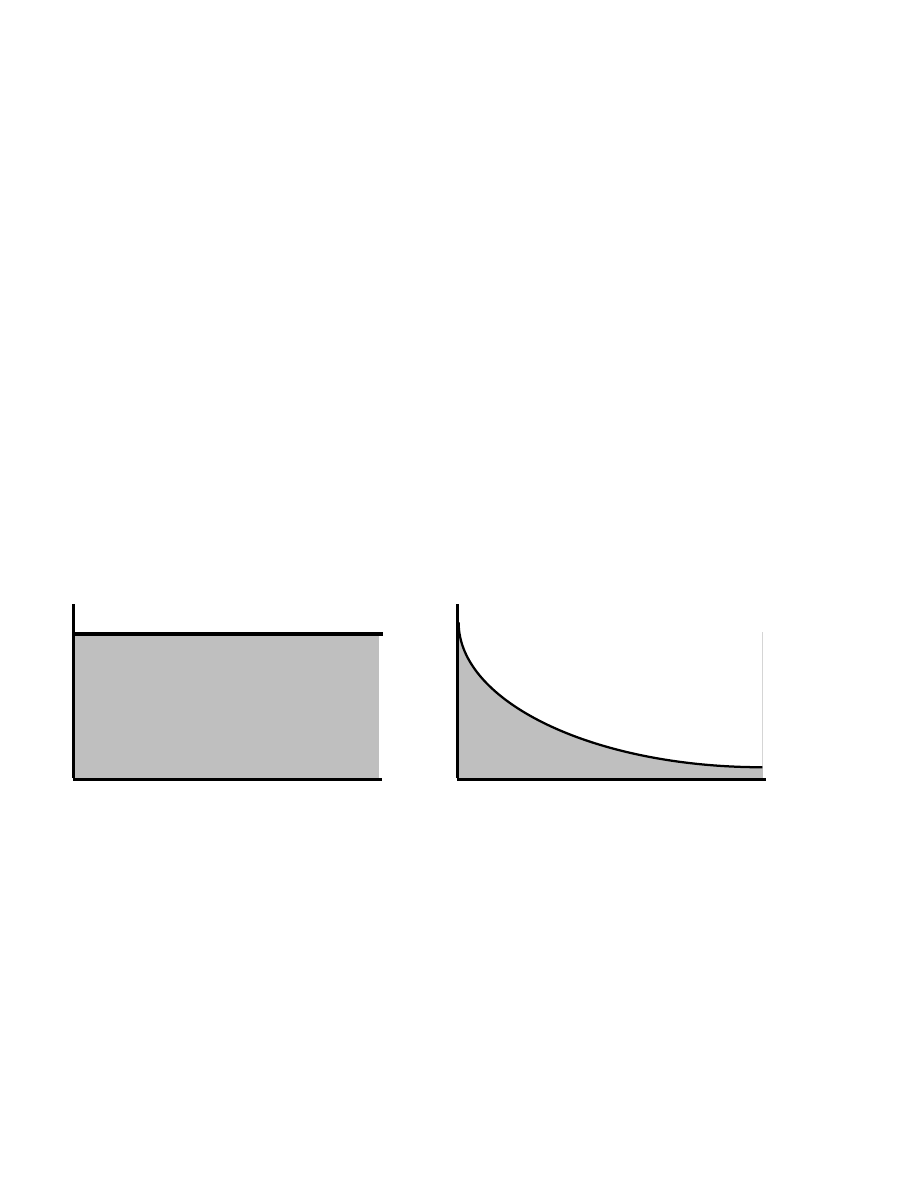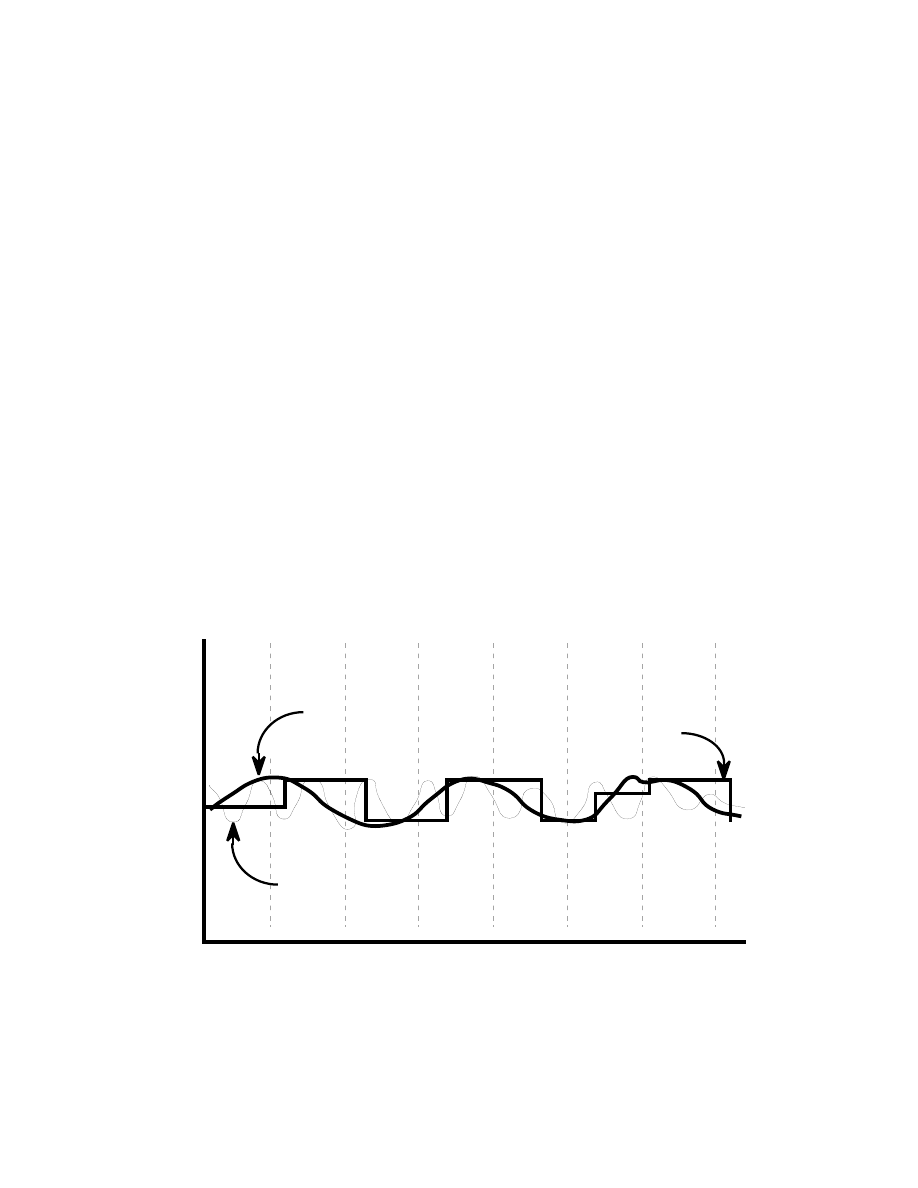ВУЗ: Казахская Национальная Академия Искусств им. Т. Жургенова
Категория: Учебное пособие
Дисциплина: Не указана
Добавлен: 03.02.2019
Просмотров: 12360
Скачиваний: 6

N
Neutrik: A German company which makes high-quality audio connectors, including the
“Speakon” series, a range of very rugged, locking connectors used in larger loudspeakers and
amplifiers.
NICAM: Near Instantaneous Companded Audio Multiplex. A television broadcasting stan-
dard that allows transmission of digital audio data alongside video, giving improved audio
quality and stereo operation.
no: Used politely and defensively, the most powerful word in any language. It can protect
one from naïve or unintended commitments of time, money, and emotion. Use liberally until
satisfied with the entirety of any proposed deal, production, etc., which has the acceptable
terms codified in writing.
node: See anti-node.
noise: (1) a sound which contains all of the frequencies in the audible range. (2) An un-
wanted sound which is not related to the wanted sound; if it is, it is called distortion. Noise is
comprised of all audio frequencies at constantly varying amplitudes, therefore, it has no de-
finable pitch or timbre. See white noise, pink noise, residual noise, ambient noise, quantization noise,
modulation noise, NC-Curve, noise floor.
noise figure: Most simply, the noise figure of an electronic device is the measurement of
how much worse the S/N ratio is at the output of the device than it was at the input, ex-
pressed in dB. The noise figure is usually important only for low signal-level devices, such as
a mic preamp, where there is a very low input signal level which approaches the intrinsic
noise floor of the environment. Also called the noise factor, but only if the measurement is ex-
pressed as a linear quantity.
noise filter: Either a narrowband or notch filter used to eliminate pitched noise, or a broadband
filter used to attenuate the entire high or low frequency range.
noise floor: The noise floor is the intrinsic noise of any audio device or other electronic sys-
tem, generally measured in dBm. Sometimes the noise floor is measured in terms of RMS
voltage rather than power, and this makes sense in the case of devices such as voltage ampli-
fiers or tape recorders. Includes Johnson noise and flicker noise. See quiescent noise.
To calculate the intrinsic noise level of a device, expressed in watts: if one took one 600
Ω
re-
sistor on the input of a (noiseless) microphone preamp with a 60dB gain, the output would be
about -100dBm. This is the lowest possible noise floor:
K = Boltzman’s constant = 1.38
×
10
−
23
4KTR B
Hz
where
T = Temperature in Kelvin
R = Resistance in Ohms
B = Bandwidth in Hz
10 log 4 1.38 10
23
298 600 20,000
30
157dBm

N
noise gate: A noise reduction device through which an audio signal is passed. When the sig-
nal level is very small, the noise gate will close, eliminating any residual noise that may be
riding on the signal. In the presence of a signal, the noise gate will open, allowing both signal
and noise to pass through, as under these conditions, the noise is masked by the signal. A
noise gate is a special type of expander with an infinite expansion ratio below a preset thresh-
old. The effectiveness is determined by the time constants associated with the gain reduc-
tion, and often the background noise can be heard switching on and off with the signal. See
breathing, gate, floor.
noise generator: A device to generate white noise or pink noise, a random signal that contains
all frequencies at the same time.
White Noise
20 Hz
20 kHz
20 Hz
20 kHz
Pink Noise
noise level: (1) The noise floor of an electronic device. (2) The steady-state decibel level of
ambient noise in an acoustical environment. See NC Curve. (3) The residual noise of a magnetic
tape.
noise modulation: See dither.
noise pumping: See breathing, noise gate.

N
noise reduction (NR): Two technologies for noise reduction have become standard in the
consumer and professional recording industry: dbx and Dolby. All two-ended noise reduction
systems are a type of compander, i.e., they operate by encoding the signal at the record end,
and decoding the signal, restoring the dynamic range and frequency spectrum, upon playback.
Type
Application
CR*
S/N**
Headroom
Emphasis
Split-Band
Range
dbx-I
open-reel
2:1
30dB
+10dB
12dB
No
Linear
dbx-II
cassette
2:1
30dB
+10dB
12dB
No
Linear
Dolby-A
open-reel
< 9kHz <10dB
4 fixed
-10VU
< 15kHz <15dB
Dolby-B
cassette
> 4kHz <10dB
(mod. Dolby-A)
No
HF
Dolby-C
cassette
> 1kHz <20dB
(mod. Dolby-A)
No
HF
Dolby-HX
cassette (adds control of recording bias and equalization by the HF component of the sig-
nal)
D
olby-S
cassette
> HF <24dB
(mod. Dolby-SR)
3 fixed,
HF, LF
< 1kHz <10dB
2 sliding
Dolby-SR
open-reel
> 25dB
5 fixed,
All
5 sliding
*CR is an abbreviation for compression ratio. **S/N means improvement of S/N, in dB.
Single-ended noise reduction systems need no encoding or decoding. The NR is applied to
noisy instruments or microphones and works either by dynamic filtering or downward expan-
sion. Dynamic filtering works will with noisy synthesizer sounds, but can cause pumping and
breathing. A downward expander attenuates any signal below the threshold. It works when
applied to cut the buzz on a noisy guitar amplifier, but it can also cut off quiet signals like re-
verb tails if the threshold is set too high. See dynamic filter, spectral recording.
noise shaping: Signal processing used in DACs to shift the frequency of noise in a digital
signal so that, on conversion, the noise will be outside (usually above) the audio range. This
is done by reducing the number of parallel bits used to carry the data, increasing the number
of serial bits and so the frequency of the digital signal. In oversampling digital systems, digi-
tal filtering is used to reduce quantization error. By changing the shape of the spectrum of the
quantization noise, increasing its high-frequency content by lowering its low-frequency con-
tent, an anti-imaging filter can then be used to reduce the increased high-frequency noise. See
dither.
nominal level: The optimum level at which a signal is processed in a particular piece of
audio equipment. For instance, if the unit has a VU meter, this level would be represented by
the 0VU mark, past which the meter goes into the red. Normally expressed in dBV for pro-
fessional recording equipment, the two output levels are commonly called mic-level and line-
level. Also called output level.
nonlinear distortion: Linearity would predict an invariant ratio of gain to input voltage in an
audio device such as an amplifier. Manifested as harmonic distortion and intermodulation dis-
tortion, there is a point at which the amplifier gain is reduced as the input gain is increased.
This is the nonlinear region of the amplifier. All audio devices have local peculiarities or de-
viations from linearity at specific signal levels. See also distortion, linear distortion.

N
nonlinear recording: Use of a recording medium which is random access, i.e., not recorded
to conventional tape. Digital recording systems allow for playback in any order, while linear
systems require that playback occur in the order in which the material was recorded.
NoNoise: Sonic Solutions’ digital signal processing system that analyzes the digitized signal
and senses transient noises, such as clicks and pops, and continuous noises, such as tape hiss
and AC hum. It removes the transients and makes a substitute signal by interpolation. Used
to restore old recordings. A competitive program is called CEDAR, developed at Cambridge.
non-real-time: (1) The situation where events can occur at any time, independently of other
events and without the need for human input or synchronization. See real-time. (2) See Uni-
versal System-Exclusive.
normalize: To boost the highest level of a waveform or sample in a digital system to 0dB and
then raising all other samples by the same proportion. This maximizes resolution and mini-
mizes certain types of noise.
normalled connection: A connection, typically on a mixer or patch panel, where the signal
path is continuous in the absence of a plug inserted into the signal chain. Usually normalled
connections are made via TRS jacks. In a solidly grounded system, inserting a stereo plug
half-way into the jack, where the tip makes a connection, but not the ring, would yield an ad-
ditional channel output, as opposed to a channel insert. In a poorly grounded system, this
yields hum. See also breakjack. Called normalized connections in the UK. (verb) Normalling.
normal stereo: See coincident pair.
norvalizing: Film slang for playing a sound effect at a low level in an attempt to hide the fact
that it is not in sync with the picture.
NOS: See ORTF.
notch filter: See band-reject filter.
note-doubling: An (undesirable) effect caused by a MIDI loop, i.e., when data fed to a se-
quencer’s MIDI In appearing at the MIDI Out to be fed back into the keyboard. This sounds
like flanging, and cuts the polyphony of the synthesizer in half.
note number: The value which appears in the first data byte of a MIDI Note On or Note Off
message. It determines which note will be turned on or off. 128 notes (more than 10 octaves)
can be described, with note number 60 being middle-C.
Note Off: A Channel Voice message which causes a device to stop playing the note defined
in the message. True Note Offs are seldom used, except on those devices that implement re-
lease velocity sensing, the preferred method being to send a Note On with zero velocity. This
allows the use of Running Status, reducing the amount of data transmitted.
Note On: A Channel Voice message which causes a device to sound the note defined in the
message. See Note Off.
NR: See noise reduction.

N
N.T.S.C.: National Television Standards Committee. (1) The American group which defines
the format of U.S. color television. (2) The standard this organization has developed for color
television transmission, also known as Never The Same Color. See frame.
null clock: The word clock data imbedded in an audio signal. For example, all AES/EBU
digital audio signals carry word clock data, but if this clock information is passed without
any actual digital audio, the signal is known as “null clock.”
null-point: In the update mode of mixing console automation, the positions at which all the
faders are set at the beginning of an update pass through the mix.
nut: The slotted plastic piece at the headstock end of a guitar neck which is used to guide the
strings over the fingerboard, and to space the strings above the frets.
Nyquist frequency: The highest frequency that can be reproduced accurately when a signal
is digitally encoded at a given sampling rate. Theoretically, the Nyquist frequency is half the
sampling rate. For example, when a digital recording uses a sampling rate of 11kHz, the Ny-
quist frequency is 5.5kHz. Conversely, if one wishes to produce an audio bandwidth of
20kHz, a sampling rates of 44.1kHz is used as the brick-wall filter on the A/D converter
starts to roll-off at 20kHz so that the level has dropped to zero at the Nyquist frequency of
22..05kHz, yielding full level throughout the 20kHz AF band. If a signal being sampled con-
tains frequency components that are above the Nyquist limit, aliasing will be introduced in
the digital representation of the signal unless those frequencies are filtered out prior to digital
encoding by means of an anti-aliasing filter. The Nyquist Theorem is also called the Sampling
Theorem. See brick-wall filter.
Frequency above the Nyquist frequcney
Frequency below the Nyquist frequcney
Sampled waveform
How frequencies higher than the Nyquist frequency create aliased
frequencies in the audible range: the sampled waveform is
identical to the period of the waveform below the Nyquist frequency
due to the way the sampling clock rate intersects the waveforms.